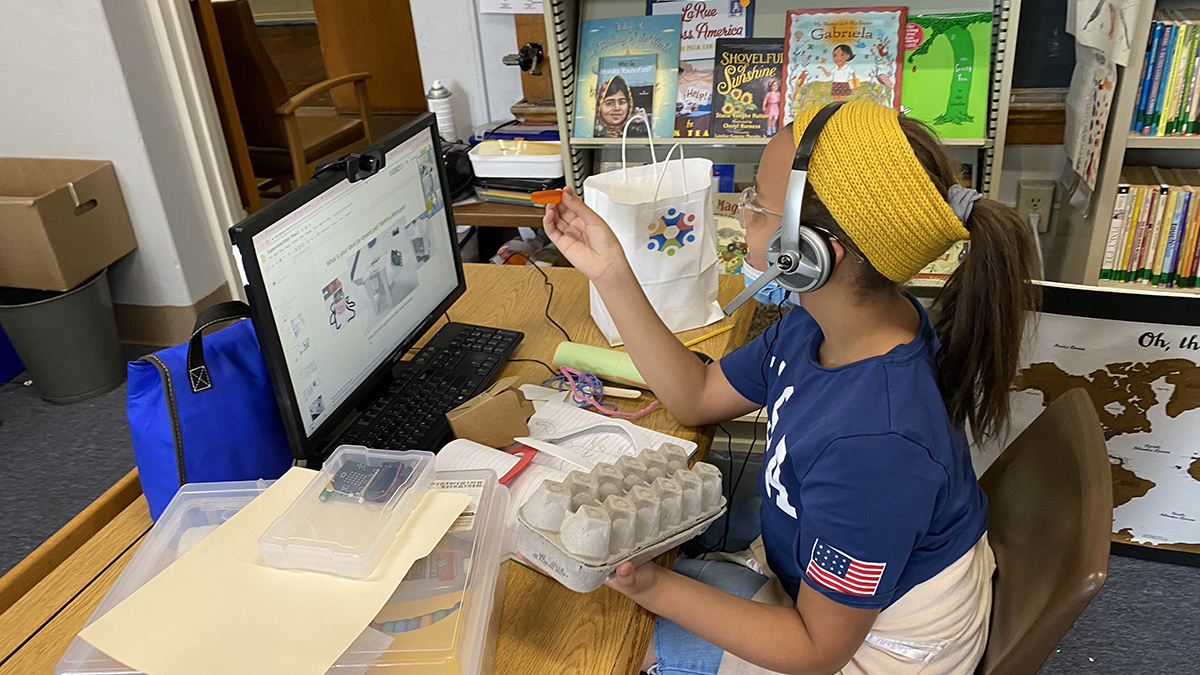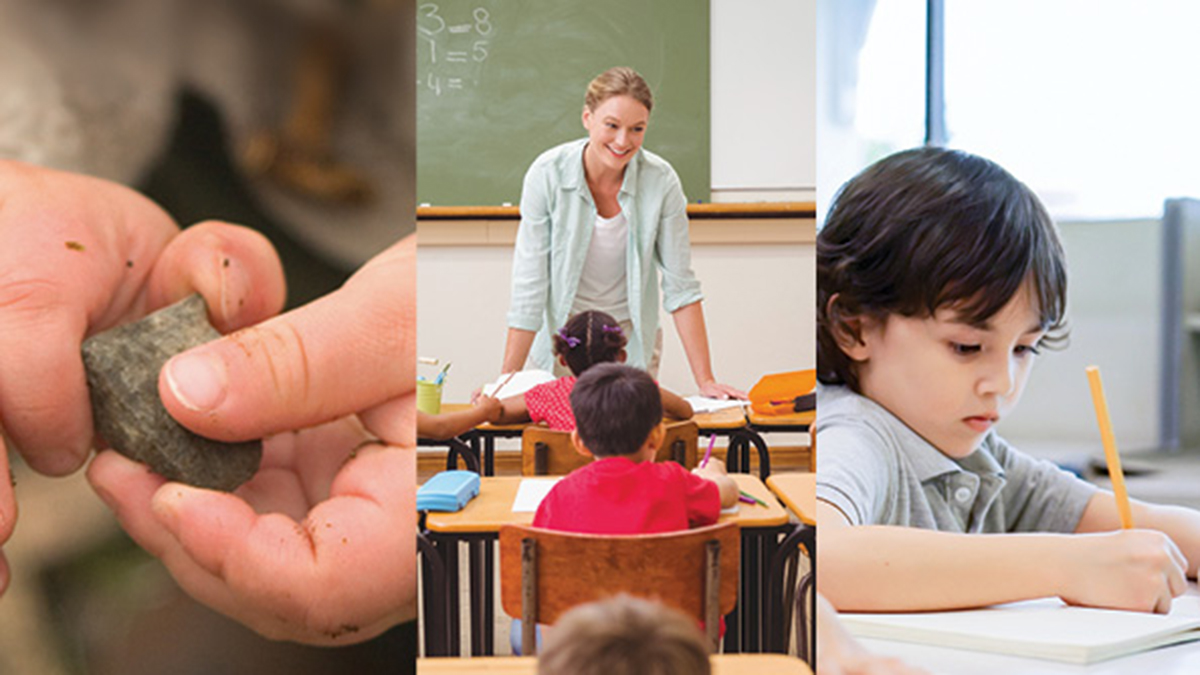feature
STEM Education Needs STEM Talk
Lessons learned from an after-school enrichment program with multilingual children
Science and Children—November/December 2021 (Volume 59, Issue 2)
By Frances Nebus Bose, Megan E. Lynch, and Carla Zembal-Saul

feature
Don’t Force It!
Using guiding questions to scaffold kindergartner’s thinking of pushes and pulls
Science and Children—November/December 2021 (Volume 59, Issue 2)
By Jesse Wilcox, Naryah Moore, Sarah Nolting, Courtney Reyna, and Caitlyn Potter

feature
Touch, Talk, Text
Practices that support both reading and science instruction
Science and Children—November/December 2021 (Volume 59, Issue 2)
By Sarah J. Carrier, Jill F. Grifenhagen, and Danielle R. Scharen

feature
Mapping Vocabulary Onto Student Sense-Making
Strategies that encourage emergent bilingual students to make sense of science
Science and Children—November/December 2021 (Volume 59, Issue 2)
By Christa Haverly, Batoul Hossein, and Jennifer Richards

Early Childhood Resources Review
Young Architects at Play: STEM Activities for Young Children
Science and Children—November/December 2021 (Volume 59, Issue 2)
By Kelly Russell
The Poetry of Science
The Language of Science
Science and Children—November/December 2021 (Volume 59, Issue 2)
By Sylvia Vardell and Janet Wong
Teaching Through Trade Books
A Magnetic Attraction
Science and Children—November/December 2021 (Volume 59, Issue 2)
By Christine Anne Royce
feature
Is It Food?
Uncovering scientific vs. colloquial meanings of words
Editor's Note
The Language of Science
Science and Children—November/December 2021 (Volume 59, Issue 2)
By Elizabeth Barrett-Zahn
Scope on the Skies

